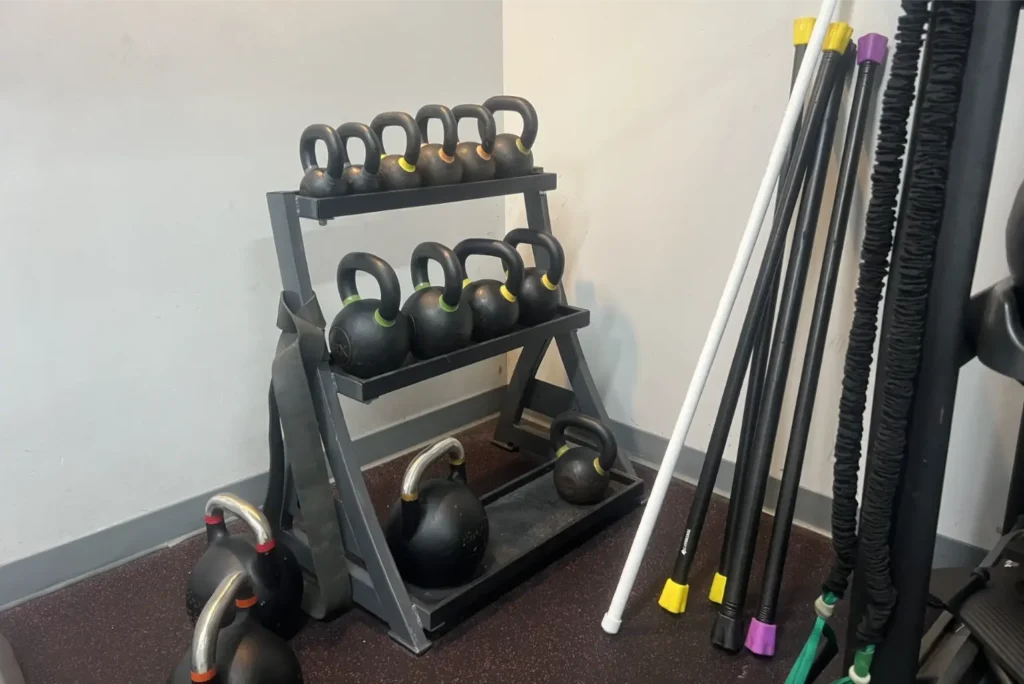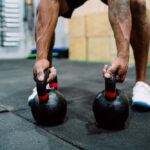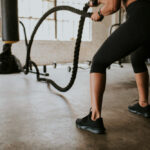A weight lifting belt is a commonly used accessory in strength training, particularly in exercises that involve heavy lifting such as squats, deadlifts, and overhead presses. The belt is designed to support and enhance performance by providing a range of physical benefits. Here’s an in-depth look at what a weight-lifting belt is for and how it can improve your lifting regimen.
Purpose of a weight-lifting belt
The primary purpose of a weight lifting belt is to increase intra-abdominal pressure during heavy lifts. This pressure helps stabilize the spine and reduces the stress on it during lifting.
Key functions
- Support spinal stability: By increasing intra-abdominal pressure, a weight-lifting belt provides additional support to the lower back. This support is crucial during heavy lifts, which can put significant strain on the spine.
- Enhance safety: The added stability helps prevent back hyperextension, reduces the likelihood of spinal injuries, and encourages proper lifting form.
- Improve performance: With enhanced stability and safety, lifters often find they can perform better, lifting heavier weights with increased confidence.
How it works
The belt works by providing a wall against which your abs can push, increasing the pressure inside the abdomen. This “pressure” acts like a brace to support and stabilize your spine.
Mechanics
- Cue for proper form: Wearing a belt also serves as a physical cue, reminding the lifter to keep their spine in the correct position during the lift.
- Breathing technique: Lifters are encouraged to use the Valsalva maneuver (breathing in and holding breath during a lift) to maximize the effectiveness of the belt by further increasing intra-abdominal pressure.
When to use a weight-lifting belt
While weight-lifting belts can be highly beneficial, they are not necessary for every type of lift or every lifter.
Recommended usage
- Heavy compound lifts: Belts are most beneficial during heavy compound lifts, such as squats, deadlifts, and overhead presses, where the load on the spine is significant.
- Lifting heavy weights: It’s recommended to use a belt when lifting weights that are close to your one-rep max or during sets that involve very heavy loads.
- Personal preference and comfort: Some lifters prefer to use a belt only during certain lifts or phases of training depending on their comfort and the specific demands of their workout regimen.
If you need more tips and assistance in your workout journey, connect with personal trainers at HiTone Fitness Concord.
Choosing the right belt
Selecting the right weight lifting belt is crucial to ensure effectiveness and comfort during lifts.
Considerations
- Material: Leather belts are durable and offer firm support, while nylon belts are more flexible and comfortable.
- Width and thickness: A belt that is uniformly wide (usually about 4 inches) across its length provides adequate pressure and support. Thickness can vary, with thicker belts offering more support.
- Fit: The belt should fit tightly around your waist. It should be snug enough to allow you to slightly push out against it without causing discomfort.
Final thoughts
A weight lifting belt is a valuable tool for those engaging in high-intensity strength training involving heavy lifts. It enhances safety by supporting the lower back and increasing intra-abdominal pressure, which helps maintain spinal alignment and reduce the risk of injury. Whether you choose to use a weight lifting belt will depend on your training style, comfort preferences, and specific lifting needs. And if you are among the female gym goers who worry weight lifting could make you bulky, keep in mind that, as a woman, you’re more likely to toned muscles, even when you lift weights.





